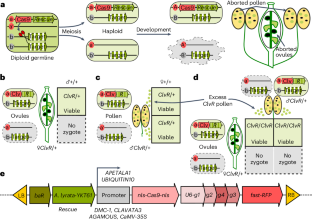2024-06-26 アルゴンヌ国立研究所(ANL)
<関連情報>
- https://www.anl.gov/article/new-computing-framework-streamlines-the-use-of-ai-and-supercomputers-for-protein-structure
- https://www.pnas.org/doi/10.1073/pnas.2311888121
APACE:AlphaFold2と生物物理学の発見を加速するサービスとしての先進コンピューティング APACE: AlphaFold2 and advanced computing as a service for accelerated discovery in biophysics
Hyun Park, Parth Patel, Roland, and E. A. Huerta
Proceedings of the National Academy of Sciences Published:June 24, 2024
DOI:https://doi.org/10.1073/pnas.2311888121

Significance
We introduce APACE, AlphaFold2 and advanced computing as a service, a computational framework that optimizes AlphaFold2 to run at scale in high-performance computing platforms, and which effectively handles this TB-size AI model and database. We showcase the use of APACE in the Delta and Polaris supercomputers to accelerate protein structure prediction for a variety of proteins, and demonstrate that using 200 ensembles distributed over 300 NVIDIA A100 GPUs, APACE reduces time-to-insight from days to minutes. This framework may be readily linked with self-driving laboratories to enable automated discovery at scale.
Abstract
The prediction of protein 3D structure from amino acid sequence is a computational grand challenge in biophysics and plays a key role in robust protein structure prediction algorithms, from drug discovery to genome interpretation. The advent of AI models, such as AlphaFold, is revolutionizing applications that depend on robust protein structure prediction algorithms. To maximize the impact, and ease the usability, of these AI tools we introduce APACE, AlphaFold2 and advanced computing as a service, a computational framework that effectively handles this AI model and its TB-size database to conduct accelerated protein structure prediction analyses in modern supercomputing environments. We deployed APACE in the Delta and Polaris supercomputers and quantified its performance for accurate protein structure predictions using four exemplar proteins: 6AWO, 6OAN, 7MEZ, and 6D6U. Using up to 300 ensembles, distributed across 200 NVIDIA A100 GPUs, we found that APACE is up to two orders of magnitude faster than off-the-self AlphaFold2 implementations, reducing time-to-solution from weeks to minutes. This computational approach may be readily linked with robotics laboratories to automate and accelerate scientific discovery.


